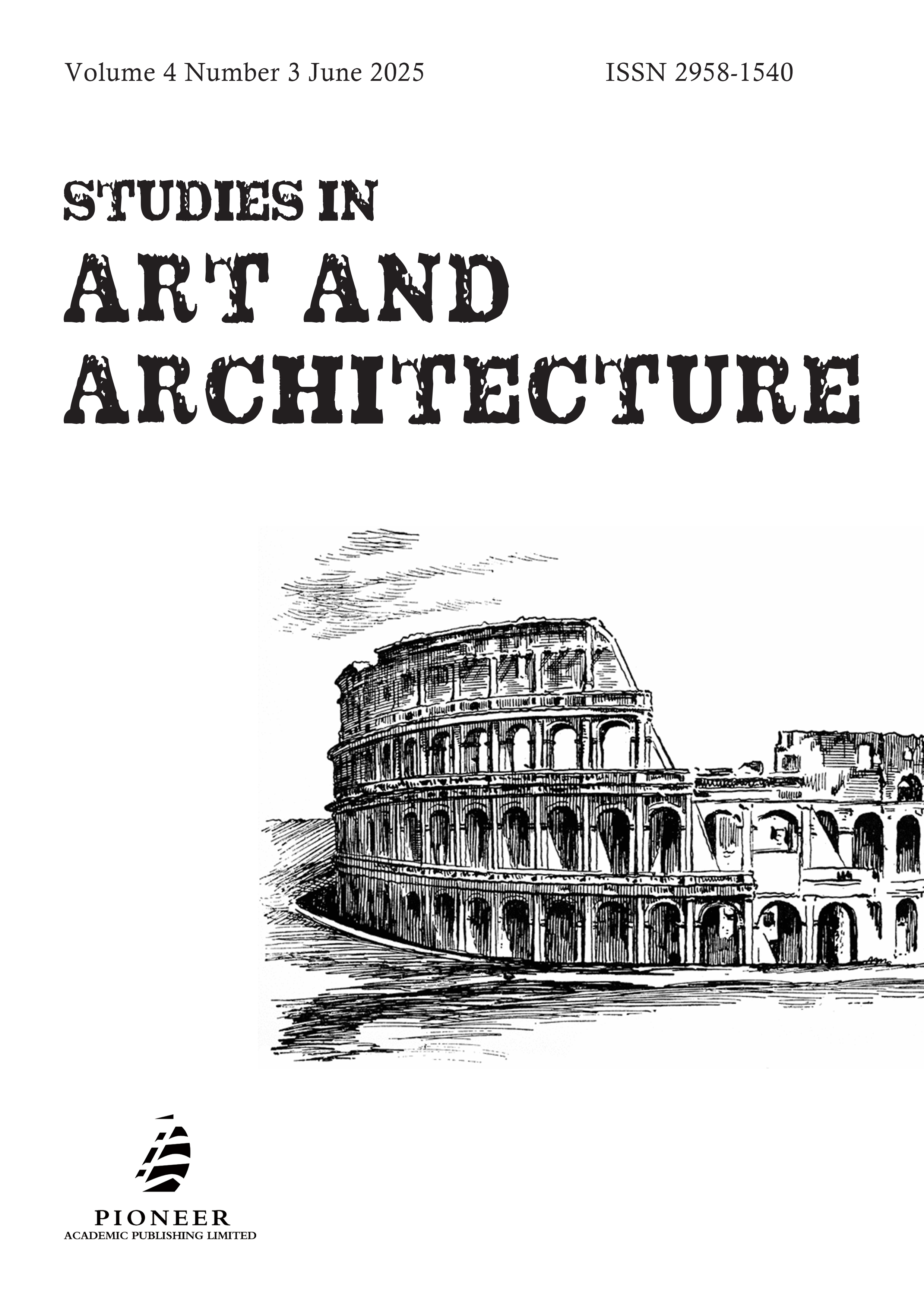The Built Environment as Partner: A Review of Human Interactions with Buildings
DOI:
https://doi.org/10.56397/SAA.2025.06.03Keywords:
Human-Building Interaction (HBI), built environment, environmental psychology, occupant well-being, Indoor Environmental Quality (IEQ), spatial cognition, architecture, design, human factors, Human-Computer Interaction (HCI)Abstract
Humans spend the majority of their lives within buildings, making the interaction between people and the built environment a critical determinant of well-being, productivity, and overall quality of life. This paper attempts to provide a comprehensive review of the multifaceted nature of human-building interactions (HBI), encompassing psychological, physiological, behavioral, and social dimensions. The paper explores how building design, environmental conditions (e.g., lighting, acoustics, thermal comfort, air quality), spatial layout, and technology integration impact human experience and performance. It examines the influence of building characteristics on cognitive function, emotional states, social interactions, and health outcomes. Furthermore, it delves into the ways individuals adapt to and modify their built environments through personalization, technology use, and behavioral adjustments. The paper analyzes the challenges and opportunities for designing buildings that are more responsive to human needs, promoting well-being, and fostering positive social connections. Finally, it identifies key areas for future research in HBI, including the development of personalized building environments, the integration of biofeedback and sensor technologies, and the creation of inclusive and adaptable spaces that cater to diverse user populations. This review offers valuable insights for architects, designers, engineers, building managers, and researchers seeking to create built environments that enhance human flourishing.


